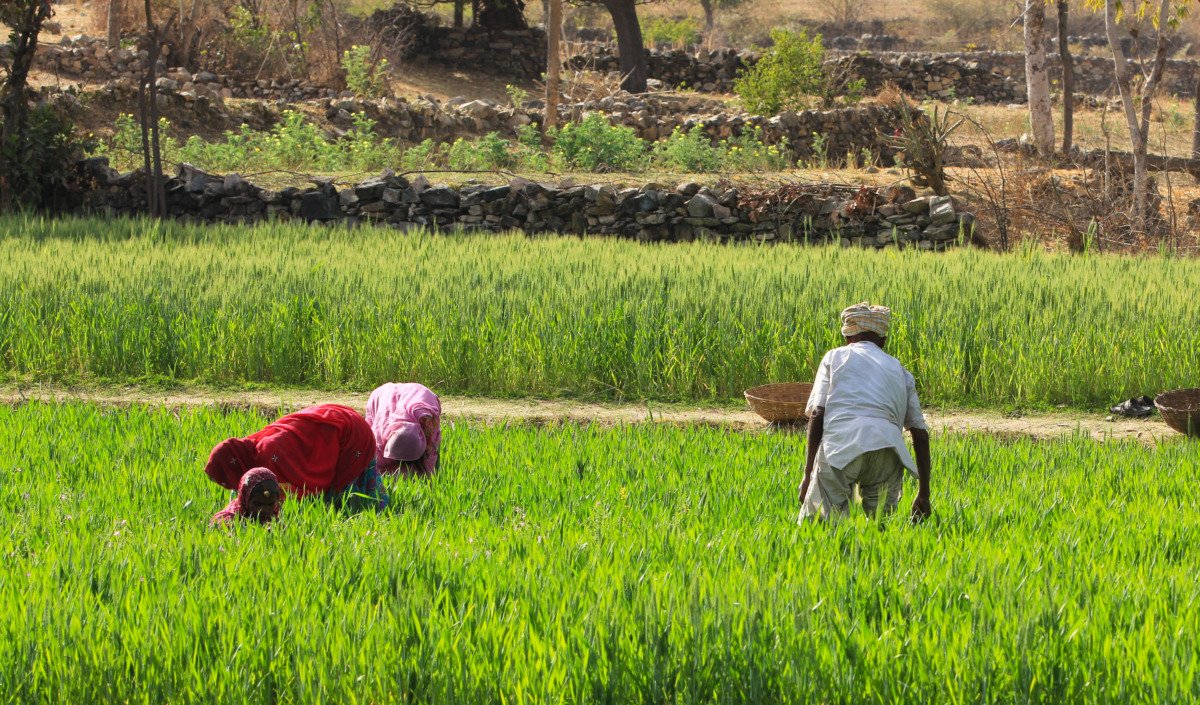USAID has committed $44m to agricultural development programmes in Zambia, promising diversification and increased female empowerment in the country’s economic recovery.
Zambia’s post-pandemic drive to diversify from mineral exports received a healthy boost as USAID announced an investment package worth over $44m.
Aimed at “spurring private investment at a scale that could never be matched by foreign aid alone”, TradeBoost Zambia will build upon USAID’s new flagship, continent-wide Africa Trade and Investment programme.
Diversification will yield benefits in economic growth and food security
Just three sectors – retail trade, mineral extraction and construction – constituted almost half of Zambian GDP before the pandemic. USAID’s focus on agricultural development will be welcomed in a country where population growth outstrips domestic agricultural production, which accounts for only 5.8% of GDP despite providing employment to 70% of Zambians.
In the short term, it is hoped that an $8.5m export deal with agricultural companies Zdenakie and NewGrowCo will also help to relieve pressure on East African grain importers suffering the consequences of the war in Ukraine. USAID Administrator Samantha Power announced plans to export 1,300 metric tons of grain to struggling neighbours “in a matter of days”, while a revolving credit facility for Zambian grain traders will support the export of a further 30,000 metric tons across Africa moving forward.
In contrast with the food insecurity plaguing adjacent countries, Zambia’s position is relatively advantageous. A record-high maize harvest in 2021-22 has seen prices remain relatively stable, enabling Zambian growers to direct attention towards regional exports. Neighbouring Zimbabwe, which imported $13m of maize from Zambia in 2020, may look to its northern border as it seeks to replace the $11.7m of Ukrainian wheat imports which have arrived in previous years.
High-value crops promise stronger export durability
Sustaining export growth in Zambia’s agricultural sector may prove challenging. A survey undertaken by the Zambia Institute for Policy Analysis and Research reveals that on average, new agricultural export offerings in Zambia survive for only 1 to 2 years: just 39% survive past their first year and less than 10% pass the 6-year mark.
Coupled with greater consistency in trading patterns with US buyers, investment in high-value crops promises more stable long-term returns. Maize, sugar, tobacco and cotton have traditionally enjoyed higher rates of export durability than other produce, with 45% of offerings reaching a second year.
In this light, foreign investment in the cultivation of high-value macadamia nuts augurs well for the durability of Zambia’s agricultural export growth. A $200,000 grant from USAID unlocked a $4.5m investment from South Africa-based Foxfin Financial Services, which has since purchased a 165ha farm which will create nearly 100 jobs – the majority to be held by women – in macadamia production.
Empowering female farmers
Female workers and entrepreneurs stand to gain from USAID’s plans: the accompanying Business Enabling Project (BEP), which will generate $14m of incentives for private-sector investment in rural SMEs over five years, “seeks to unleash the power of Zambia’s greatest untapped resource”.
The BEP will “work with women farmers… to improve financial record-keeping, access finance, and grow their businesses”, says Power, who hopes that this will allow “subsistence farmers in Zambia to grow their output and move into commercial farming”.








